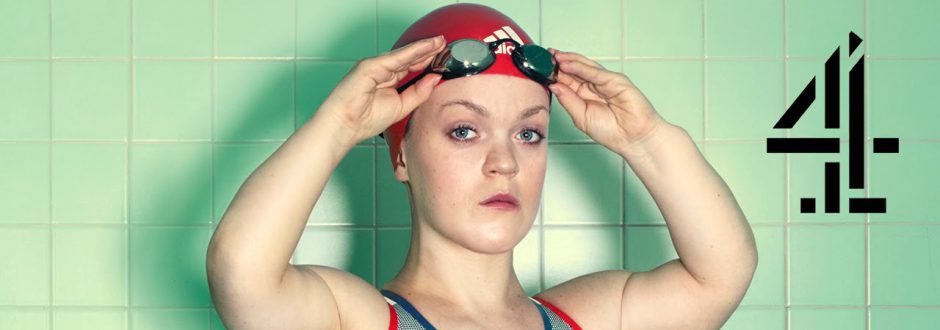The unique challenges of competing in Rio, which so often became the headline during the Olympics, became a footnote in the Paralympics, writes Evan Ellis.
BY Evan Ellis
In the lead up to the Paralympic Games in Rio the British television station Channel 4 launched the advertising campaign “We’re the Superhumans”. It was an immediate viral sensation. Featuring 140 athletes, musicians and ordinary people with disability, the trailer was a joyous, three-minute long celebration of different types of ability – set to an infectious swing beat.
Although made to promote Channel 4’s coverage of the Games, the advertisement was redubbed for Brazilian audiences and became a key part of the city’s last-minute marketing of the event. A fortnight before the Games only 12 per cent of tickets had been sold and the International Paralympics Committee (IPC) was mired in a funding crisis.
Ticket sales did receive a bit of divine intervention though. After Pope Francis offered a Papal blessing for Paralympic athletes, an additional 150,000 tickets sold out the next day. Along with IPC President Sir Philip Craven’s efforts to get more funds, the dire predictions of empty stadiums didn’t eventuate.
The Paralympics – named because it runs parallel to the Olympics – received only moderate attention in sports-mad Australia. This isn’t to say it received no attention, with 14 hours of free-to-air coverage per day. But if you were to ask yourself the names of any three Olympians from Rio and then try to do the same thing with the Paralympics, the results can be illuminating.
The name I am most familiar with is Jenna Jones, a 15-year-old student from my alma mater and one of the youngest Australian Paralympic athletes in Rio. Jenna has a rare condition called cone rod dystrophy. It causes severe vertigo and leads to blindness. Her road to Rio was anything but easy, as Fairfax media reported:
For three years, the vertigo resulted in a cycle where she would swim 800 metres, vomit, swim another 800 metres and vomit. Nine times a week.
“She used to vomit every single session,” said Jenna’s mother Therese, who begged her daughter to stop. “I said, ‘I can’t do this any more. Darling, I can’t see you vomiting day in and day out’.”
I know of Jenna because of my parents, who teach at St Columba’s Catholic College. The school community cheered her on every step of the way. She is an inspiration to her peers and teachers alike.
Talking about inspiration and disability can be fraught. In 2014, the late comedian and journalist Stella Young gave a landmark TEDx talk in Sydney, where she decried “inspiration porn”. She used the term deliberately to call out the practice of using people with disability as a source of inspiration and motivation: “So we can look at them and think, well, however bad my life is, it could be worse. I could be that person,” before going on to ask, “but what if you are that person?”
She’s right of course. People with disabilities are just that. People. They’re not the 3D equivalent of the motivational posters that cover drab office walls or the bathroom doors in gyms. But as Stella goes on to say, “I want to live in a world where we value genuine achievement for disabled people”. And this is what the Paralympics gives us – 11 days chock-full of athleticism, sporting prowess and achievement.
They also strike a slightly different tone to the Olympics. It’s not that the athletes are less competitive. Anyone who has watched the gladiatorial crashes of wheelchair rugby will tell you this is no place for participation medals. Or that the skill level is below world class, or even that the win-at-all-cost culture hasn’t at times crept into the Games, seen by instances of doping. But the difference is there.
I first noticed it while watching the daily wrap-up online of the Rio Paralympics The Last Leg – Live from Rio. The mood was different to similar coverage of the Olympics only weeks earlier. Gone was the complaining about the host city, the venue stuff-ups, the transport difficulties and scheduling issues that beset the Olympics.
At first I thought it was just down to the cheery host Adam Hills and co-presenters Josh Widdicombe and Alex Brooker. And that’s true to a point. But there’s something more. Before the Games opened and media outlets were prognosticating disaster, the New York Times interviewed USA shooting team coach Bob Froth. His nonchalant response, that the athletes would be unfazed, was instructive.
“There’s a whole bunch of people who always have to find solutions to stuff, just in day-to-day living. How do you reach the top cabin when you’re in a wheelchair? How do you navigate a failed curb cut? All these little things. And so it is very much part of the DNA that I’ve seen for everybody in the Paralympic movement.”
Every Paralympian athlete is a ‘master adapter’; a study in adaption and innovation. They adapt to their bodies, but more so, they adapt to societies that still exceptionalise and stigmatise disability. Societies that build steps rather than ramps or lifts, where closed captions or braille books are often an afterthought, and exclusion is still too common. This is known as the social model of disability. Being solution orientated then is part of their DNA.
The unique challenges of competing in Rio, which so often became the headline during the Olympics, became a footnote in the Paralympics. The Paralympics, which was forecasted to run aground in Rio, ended up proving more comfortable and at home in the city than the Olympics.
